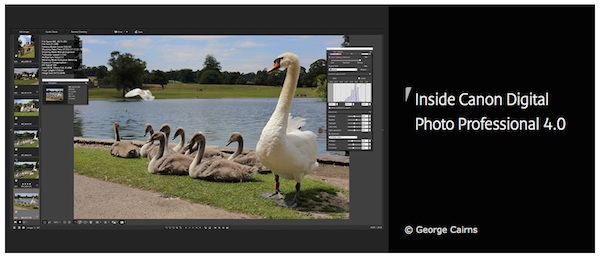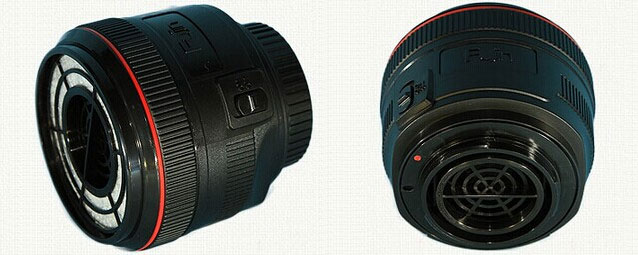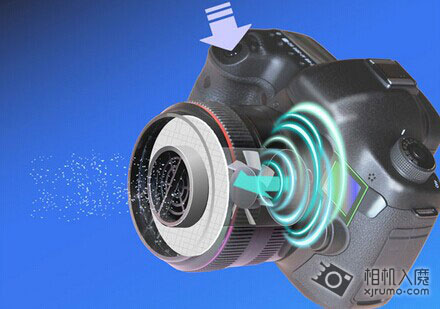An Award Winning Start To 2014 For Canon

Canon press release:
Canon U.S.A. Celebrates an Award-Winning Start to 2014
Company Receives Industry Recognition for Environmental Honors, Energy Efficient Printers, and Innovative Imaging Products
MELVILLE, N.Y., August 7, 2014 – Canon U.S.A., Inc., a leader in digital imaging solutions, is honored to be recognized by top industry organizations and publications for award-winning products and efforts in 2014. From environmental efforts to help minimize its carbon footprint, to industry-leading imaging products, Canon has been honored by many top accolades for its efforts both in the market and in the office.
The Canon Americas Headquarters was awarded LEED® Gold certification, a recognition of design, construction, operations and maintenance of high-performance green buildings. Located in Melville, N.Y., the facility stands as a model for environmental stewardship and innovation and serves all North, Central and South American countries. Interbrand and Newsweek also acknowledged Canon for its environmental sustainability efforts. Canon was placed 26th out of 50 on Interbrand‘s Best Global Green Brands 2014, and 125th out of 500 on Newsweek‘s 2014 Green Rankings, placing the company in the top 25 percent for this year’s Newsweek‘s list. Additionally, Canon Inc. has been placed on Fortune Magazine’s 2014 World’s Most Admired Companies List as sixth overall globally in the computers category. And, the U.S. Chamber of Commerce honored Canon with its Global Intellectual Property Center’s 2014 IP Champions Award for its “Anti-Counterfeit Consumer Awareness Campaign” that highlights the dangers of counterfeit electronic goods.
“Canon has always sought to stand as an example with both its products and practices. Customer support and environmental initiatives are two areas where a company may not see a direct financial return, however we remain dedicated to both of these areas as they serve a greater corporate responsibility and yield great personal satisfaction for our organization and staff,” said Kotaro Fukushima, senior director and general manager, Corporate Communications Division, Canon U.S.A. “Canon is also proud and extremely pleased to have secured numerous awards in the first half of 2014. We will continue to strive to listen to and meet the needs and demands of our customers for the rest of 2014 and into the future.”






